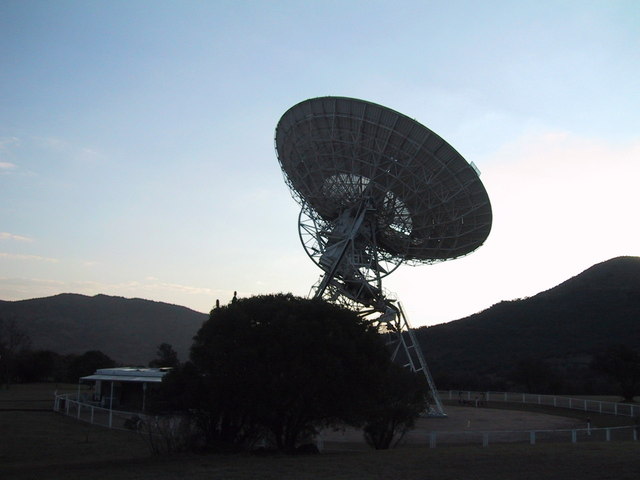Data-Driven Science is More than a Buzzword
Forget checking out a telescope at the stars. An astronomer today is most likely to be online: digitally scheduling observations, running them from another location on a telescope in the desert, and downloading the outcomes for analysis. For numerous astronomers the primary step in doing science is exploring this information computationally. It might seem like a buzzword, but data-driven science has become part of an extensive shift in fields like astronomy.
 A 2015 report by the Australian Academy of Science discovered that amongst more than 500 expert astronomers in Australia, around one quarter of their research effort was now computational in nature. Yet in high school and university, science, innovation and engineering topics still deal with these essential abilities as second-class. Referring both to the modelling of the world through simulations and the expedition of observational information, calculation is important not just to astronomy but a series of sciences, including bioinformatics, computational linguistics and particle physics.
A 2015 report by the Australian Academy of Science discovered that amongst more than 500 expert astronomers in Australia, around one quarter of their research effort was now computational in nature. Yet in high school and university, science, innovation and engineering topics still deal with these essential abilities as second-class. Referring both to the modelling of the world through simulations and the expedition of observational information, calculation is important not just to astronomy but a series of sciences, including bioinformatics, computational linguistics and particle physics.
To prepare the next generation, we need to establish brand-new teaching techniques with students’ online physics tutors that identify data-driven and computational methods as a few of the main tools of modern research.
Our education system has to alter too
Traditional pictures of science include Albert Einstein documenting the formulas of relativity, or Marie Curie finding radium in her lab. Our understanding of how science works is typically formed in high school, where we learn about theory and experiment. We imagine these twin pillars collaborating, with speculative researchers checking theories, and theorists establishing brand-new ways to describe empirical outcomes. Calculation, nevertheless, is seldom pointed out, therefore lots of crucial abilities are left undeveloped.
To create objective experiments and choose robust samples, for instance, researchers require outstanding analytical abilities. But typically this part of mathematics takes a rear seat in university degrees and to the physics or math tutor. To guarantee our data-driven experiments and expeditions are strenuous, researchers have to understand more than simply high school stats. In fact, to fix issues in this period, researchers also have to establish computational thinking. It’s not really coding, although that’s a great start. They have to believe artistically about algorithms, and ways to handle and mine information using advanced methods such as artificial intelligence.
Using easy algorithms to huge information sets just does not work, even when you have the power of 10,000-core supercomputers. Changing to more advanced strategies from computer technology, such as the kd-tree algorithm for matching huge items, can accelerate software applications by orders of magnitude.
Some actions are being taken in the right direction. Lots of universities are presenting courses and degrees in information science, including data and computer technology integrated with science or business. For instance, I just recently released an online course on data-driven astronomy, which intends to teach abilities like information management and artificial intelligence in the context of astronomy.
In schools the brand-new Australian Curriculum in Digital Technologies makes coding and computational thinking part of the curriculum from Year 2. This will establish crucial abilities, but the next action is to incorporate modern-day techniques straight into science class.
Calculation has been a vital part of science for over half a century, and the information surge is making it much more important. By teaching computational thinking as part of science, we can guarantee our students are prepared to make the next round of terrific discoveries.
